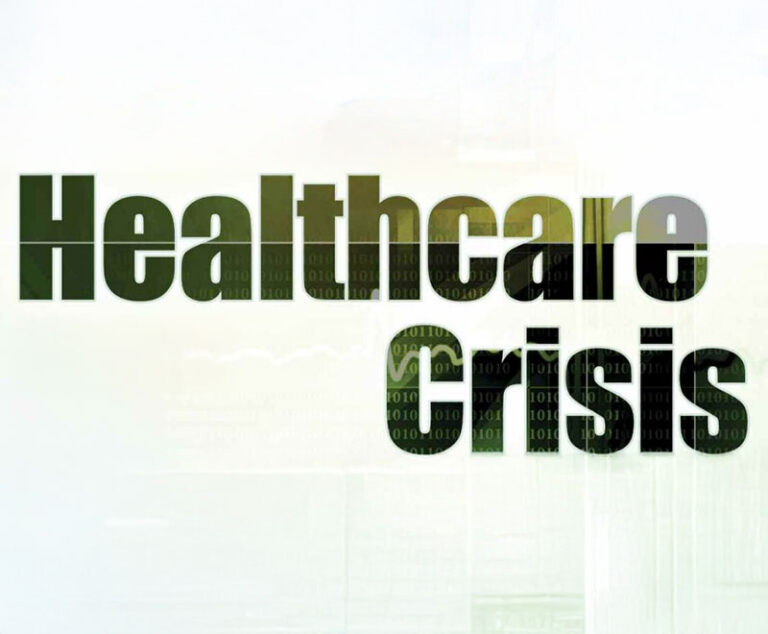Operations & Management
Supply Chain, Service & Staffing
The philosophical shift in healthcare payment reform is moving away from fee-for-service to a variety of models, including bundled payments that pay for value.
Meeting the future healthcare needs of aging baby boomers will require tackling the rise of chronic illness, addressing the impact of Alzheimer’s disease and reinventing care models to address the needs of a graying America.
The U.S. market for IVIG continues to grow well over 5 percent annually. What is driving the market demand?
Medical scribes can help improve patient/physician satisfaction by shifting focus from electronic health records back to the patient.
Recently published proposed changes to the outpatient prospective payment system affect drugs and biologicals. Here are suggestions for how to implement
best practices.
New proposals, models and rules from the Centers for Medicare and Medicaid Services, the U.S. Food and Drug Administration and the Department of Health and Human Services will affect payments this spring.
A physician diagnoses the condition and either treats it or refers the patient to someone else for treatment. End of story. Or is that just the beginning of the story? Narrative medicine challenges the medical model by bringing a new tool to the table: the story of the patient.
Licensed to do many of the same procedures as physicians — often at a lowered cost — nurse practitioners are increasingly poised to change the face of primary care.
How is crowdsourcing informing the doctor-patient relationship, and how can healthcare providers be prepared for the ways in which crowdsourcing is changing the dynamics in medicine?
The Centers for Medicare and Medicaid Services issued the final 2016 hospital outpatient prospective payment system and ambulatory payment classification system policy changes and payment rates rule with comment period [CMS-1613-FC] on Oct. 30, 2015.
As technology advances and more options for healthcare delivery become available, a plethora of service models are emerging. One surprising model, the house call, seems to buck the high-tech trend.
The interrelationship between three major issues —ICD-10 conversion, the increasing burden of recovery auditor contractor audits and the need to streamline authorizations and meet local coverage determination and national coverage determination requirements— presents an interesting opportunity.











